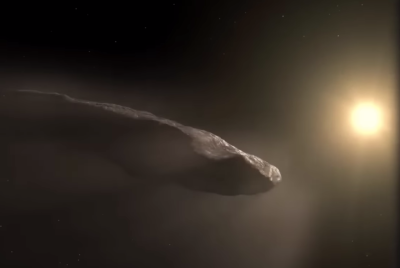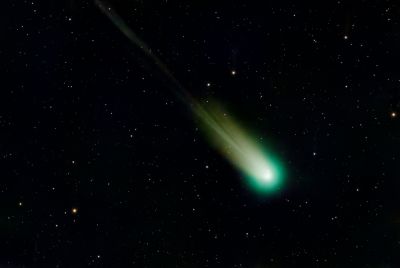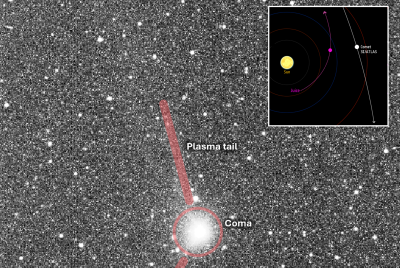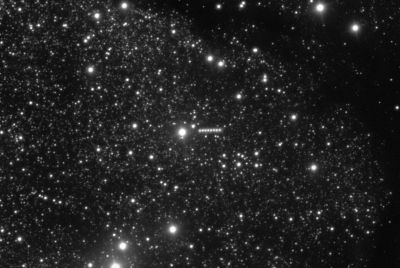What Would Happen If 3I/ATLAS Hits Earth? Experts Say Impact Would Be Catastrophic
A Manhattan-size space object could devastate the planet
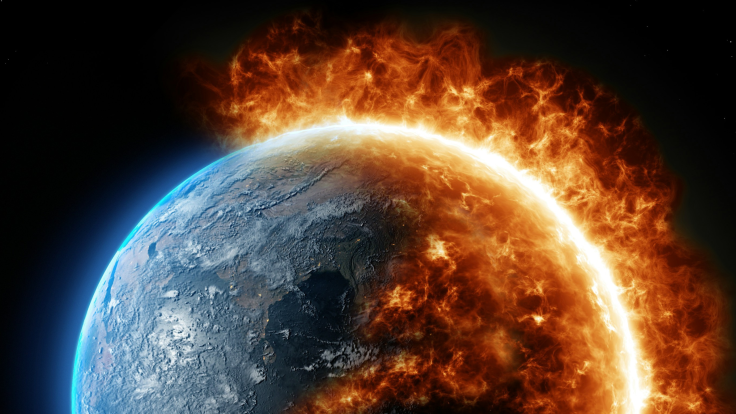
Astronomers and space agencies worldwide are closely monitoring 3I/ATLAS, a rare interstellar object passing through the Solar System. The object was discovered on 1 July 2025 by the Asteroid Terrestrial‑impact Last Alert System (ATLAS) telescope in Chile.
Though NASA confirms that 3I/ATLAS poses no immediate threat to Earth, its unusual trajectory and behaviour have stirred concerns. Scientists ask what might occur if the object were on a collision course and how the impact could play out.
The scenario remains hypothetical yet instructive for understanding cosmic risks.
Will 3I/ATLAS Hit Earth?
NASA states that 3I/ATLAS will approach no closer than about 1.8 astronomical units (≈270 million km) from Earth. Its closest point to the Sun is scheduled for around 30 October 2025 at about 1.4 AU (≈210 million km).
Though the object has a hyperbolic trajectory (showing it came from outside our Solar System), scientists emphasise that current data show no collision risk. Even so, the fact that the object was added to the global planetary-defence monitoring list signals that researchers are using it as a test case for future threats.
What Would Happen if 3I/ATLAS Hits Earth?
In a hypothetical impact scenario the consequences would be severe, as explained by WION. A large object striking Earth would eject massive dust and debris into the atmosphere and could block sunlight for weeks or even months. Studies of similar events suggest there could be global temperature drops, acid rain, and widespread ecological collapse.
Shockwaves from the impact site could trigger firestorms; if the strike happens in an ocean, it could generate megatsunamis that traverse continents. Human survival would be heavily challenged because of secondary effects — crop failure, climate disruption and breakdowns in infrastructure.
Although 3I/ATLAS is not on a collision path, it serves as a reminder of what cosmic objects can do and why preparedness matters.
How Massive is 3I/ATLAS?
Observations from the Hubble Space Telescope and the James Webb Space Telescope place the diameter of the nucleus between 440 metres and 5.6 kilometres. Its size as large as Manhattan means that if it were to strike Earth, then depending on speed and angle, the damage would scale accordingly.
The faster and more massive an object, the more energy released at impact. While 3I/ATLAS appears smaller than some worst-case objects, the size is still sufficient to cause catastrophic regional or global effects if alignment were unfortunate.
Is 3I/ATLAS an Asteroid?
No. NASA classified 3I/ATLAS as a comet. It exhibits activity in the form of a coma — a cloud of gas and dust — and it is on an unbound hyperbolic orbit, meaning it came from outside the Solar System.
Asteroids are mostly rock and do not show such outgassing. The comet designation reflects the presence of ice and the development of a dust shell as it is heated by the Sun. Some unusual features remain, such as an 'anti-tail' pointed toward the Sun, which is not a typical signature of comets.
Why NASA is Observing 3I/ATLAS
NASA and other space agencies are tracking 3I/ATLAS for two main reasons: scientific discovery and planetary defence preparation. Scientifically, the object carries material from another star system so its composition, age and behaviour may reveal clues about worlds beyond our own.
From a defence standpoint, studying its trajectory, size, and outgassing helps refine our ability to predict impacts by cosmic bodies and develop early-warning systems. NASA's coordinated observations of the object contribute directly to improving forecasting models for future threats.
In short, while 3I/ATLAS is not an immediate danger, it offers a unique chance to learn ahead of time what might happen if a real collision scenario ever arises.
© Copyright IBTimes 2025. All rights reserved.









